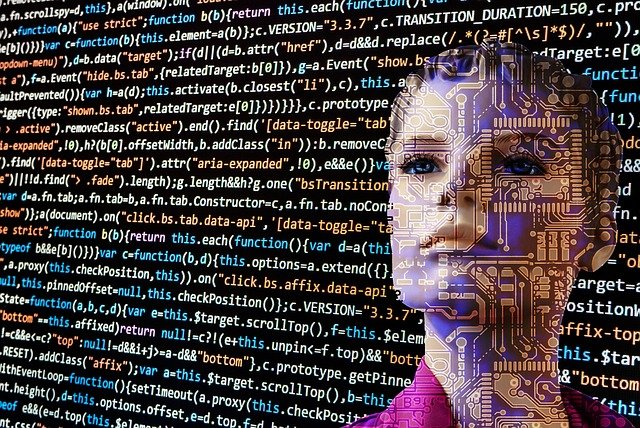Are you a newcomer in the tech space? Or would you like to become a tech expert with an impressive tech terms dictionary? We know that technology evolves rapidly and that there’s always something new to know about or to learn. Whether it’s the description of acronyms like NFTs or DAOs, or the meaning of words like hyperautomation or Ethereum, it can sometimes be overwhelming walking into a room filled with tech professionals who love to throw around words that sound like something out of Dune! If you feel like you have no idea what some (or most) of the latest tech terms mean, don’t worry. In this blog post we will share with you everything you need to know about (and understand) right now, in 2022. Think about it as your own little tech dictionary.
Are you ready? Let’s get started!
The Future Females 2022 Tech Dictionary
5G Connectivity
5G is the fifth generation of mobile networks. It is said to be up to 100 times faster than 4G and it can provide higher speed, lower latency, greater capacity, more reliability and a more uniform experience.
Examples include: Autonomous vehicles, AR and VR, smart cities, immersive entertainment
Artificial Intelligence (AI)
AI, also known as machine intelligence, is intelligence demonstrated by machines, as opposed to natural intelligence displayed by humans and animals. It is the ability of a digital computer or computer-controlled robot to perform tasks commonly associated with intelligent beings.
Examples include: self-driving cars, a virtual travel booking agent, manufacturing robots
Augmented reality (AR)
Augmented reality, or AR, is an enhanced version of the real (physical) world. AI is achieved through the use of digital elements via technology.
Examples include: Snapchat, Google Street View, Pokémon Go
Big Data
Big data treats ways to analyze, systematically extract information from, or otherwise deal with data sets that are too large or complex to be dealt with by traditional data-processing application software.
Examples include: Personalized marketing, finding new customer leads, medical records, social media
Blockchain
A blockchain is a decentralized, digitally distributed and often public ledger consisting of records called blocks that is used to record transactions across many computers so that any involved block cannot be altered retroactively, without the alteration of all subsequent blocks. Blockchains store blocks of information in a chronological order that are irreversible and immutable. Blockchains are mostly known for their role in cryptocurrency systems such as Bitcoin.
Examples include: NFT marketplaces, electronic voting, tracking of music royalties
Cryptocurrency
Cryptocurrency is a digital or virtual currency in which transactions are verified and records maintained by a decentralized system using cryptography, rather than by a centralized authority. Cryptocurrencies can also be defined as tradable digital assets or digital form of money built on blockchain technology that only exists online.
Examples include: Bitcoin, Ethereum, utility tokens
Datafication
Datafication, also known as datafy, is a technological trend that turns many aspects of our life (subjects, objects, and practices) into online quantified data which is subsequently transferred into information realised as a new form of value. It allows for real-time tracking and predictive analysis.
Examples of the datafication process include: Netflix, or social platforms such as Facebook and Instagram that collect and monitor our data information in order to market products we would be interested in.
Data mining
Data mining is the process of extracting raw data and turning it into useful information by using software to look for patterns in large batches of data.
Examples include: Cross-selling and upselling the Ecommerce sector, Collect and store data techniques in science and engineering
Digital Divide
The gap between those (individuals, households, businesses and geographic areas) who benefit from the Digital Age (who have ready access to computers and the internet) and those who do not.
Examples/causes of the digital divide include: Infrastructure, low literacy, low income levels
ALSO SEE: A beginner’s guide to understanding technology
Digital twins
A digital twin is a virtual model, representation or replica that serves as the real-time digital counterpart, or mirror, of a physical object or process.
An example include: Automotive manufacturers use digital twin technology to change the way cars are being made
Edge Computing
A distributed computing paradigm that brings computation and data storage closer to the sources of data.
Examples include: Cloud gaming, smart homes, predictive maintenance
Extended Reality (XR)
Extend Reality, or XR, is an umbrella term for AR, MR, VR, as well as other immersive technologies. XR refers to all real-and-virtual combined environments and human-machine interactions that are generated by technology and wearables.
Examples include: XR video games, XR tech devices, Zoom virtual backgrounds
Gig Economy
Workers in the Gig Economy are freelancers, part-time workers, independent contractors, temporary workers, etc.
Examples include: Freelance writing, Web developing, Digital marketing
Hyperautomation
According to Gartner, a technological research and consulting firm, hyperautomation is a business-driven, disciplined approach that organizations use to rapidly identify, vet and automate as many business and IT processes as possible. It involves the orchestrated use of multiple technologies, tools or platforms, including AI, machine learning, robotic process automation, etc.
Examples include: Automating billing cycles, customer communication and collection in healthcare
Lossless audio
Lossless audio is all about the streaming process not affecting the quality of the sound. According to Apple Music, who announced in May 2021 that they’re adding a lossless streaming service that will deliver uncompromised sound quality at no extra charge, most audio compression techniques lose some amount of data contained in the original source file. In short: Lossless compression is a form of compression that preserves all of the original data.
Metaverse
A virtual-reality space in which users can interact with a computer-generated environment and other users. Also known as a network of 3D virtual worlds focused on social connection.
Examples include: Ernest Cline’s 2011 science fiction novel, Reader Player One, Fortnite Concerts, Augmented Reality (AR)
Mixed Reality (MR)
Mixed Reality, or MR, is the merging of the real and virtual worlds to produce new environments and visualizations, where physical and digital objects co-exist and interact in real time. MR is a combination of multiple advanced technologies, primarily AR and VR.
Examples include: Microsoft’s Hololens, experiential education
Listen to the Future Females podcast: Lily Wu shares “Everything you need to know about NFT’s and why we need more female representation in Web3” here.
Non-fungible token (NFT)
An NFT is a non-interchangeable unit of data, or a digital asset, stored on a blockchain that can be sold and traded. NFTs can’t be exchanged for another asset of the same type.
Examples include: Art, music, videos, real estate
ALSO SEE: NFTs: Learn from Lily Wu
Quantum Computing
A type of computation that harnesses the collective properties of quantum states, such as superposition, interference, and entanglement, to perform calculations. Devices that perform quantum computations are known as quantum computers. Where conventional computers use bits, quantum computers use quantum bits known as qubits.
Examples include: AI, since quantum computers can analyze large amounts of data to provide AI machines feedback for improving performance
Robotics
The interdisciplinary branch of technology that deals with the design, construction, operation and application of robots. The goal of robotics is to design machines that can help and assist humans.
Examples include: AI powered robot assistants, drones, robotic toys, automotive industry robots, NASA’s Robonaut
The Internet of Behaviors (IoB)
IoB refers to the gathering of data (from IoT as well as other sources) in order to predict human behavior, interests and preferences. It seeks to understand how, why and when people use technology when purchasing things.
Examples include: Digital marketing and personalized advertisements on social media
The Internet of Things (IoT)
The interconnection via the internet of computing devices embedded in everyday objects, enabling them to send and receive data.
Examples include: Smart home security systems, wearable health monitors (Fitbit, Apple Watch, etc.), connected cars
Virtual Reality (VR)
Virtual Reality, or VR, is a simulated experience (making use of computer technology) that can be either similar to the real world, or completely different.
Examples include: VR as a treatment for mental health issues such as PTSD and anxiety, body-scanning technology in VR, gambling in VR
Voice-user interface (VUI)
A voice-user interface, or VUI, makes spoken human interaction with computers possible.
Examples include: Apple’s Siri, Amazon’s Alexa
ALSO SEE: 5 tips on how to pay yourself a salary
Web3
Web3, or Web 3.0, is an idea (or a work-in-progress) for a new iteration of the web known as the upcoming third generation of the internet. It will be based on blockchain technology, which will incorporate concepts such as decentralization and token-based economics. Information will be processed in a smart, human-like way through technologies such as machine learning and Big Data.
Did you know? Web 3.0 was previously known as the “semantic web”
White paper
White paper is a long piece of written content (such as a report or guide) viewed in eBook format. These white papers are used to explain a subject better.

